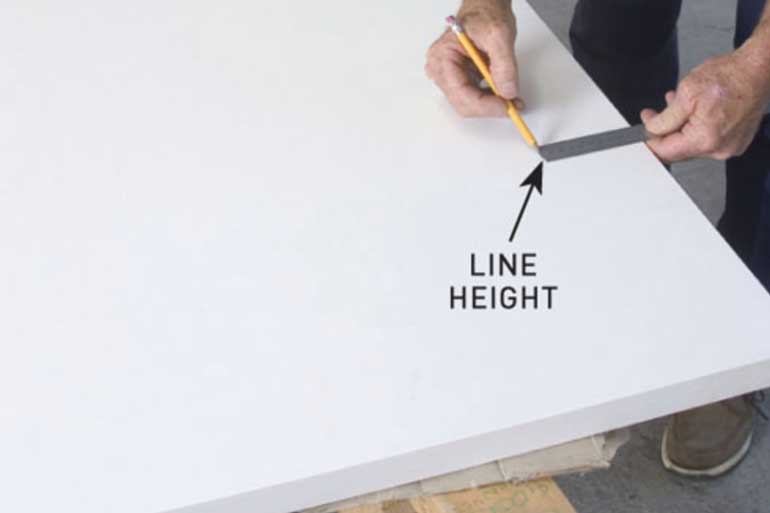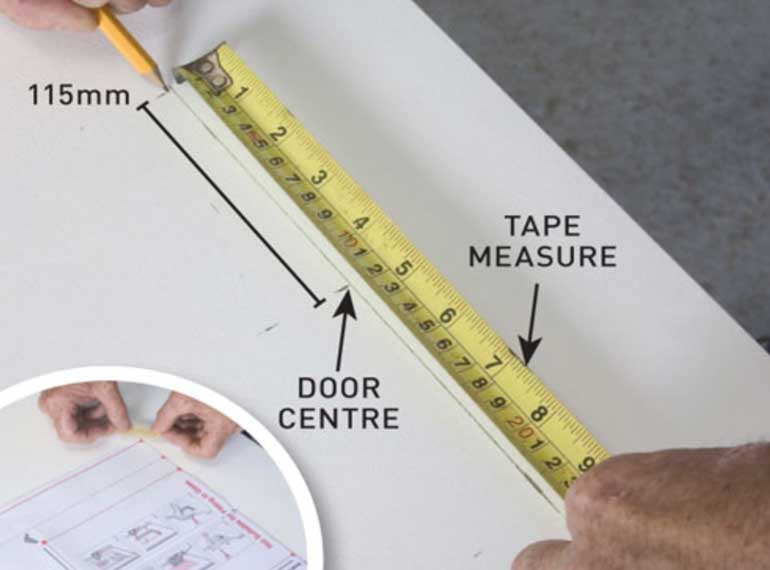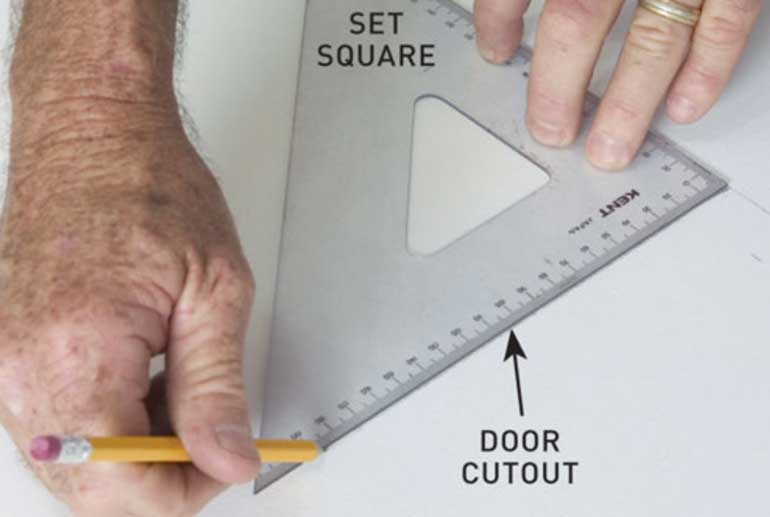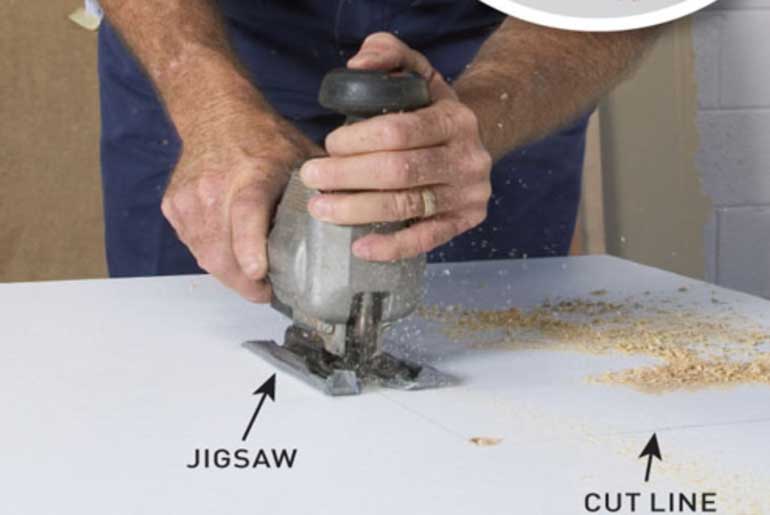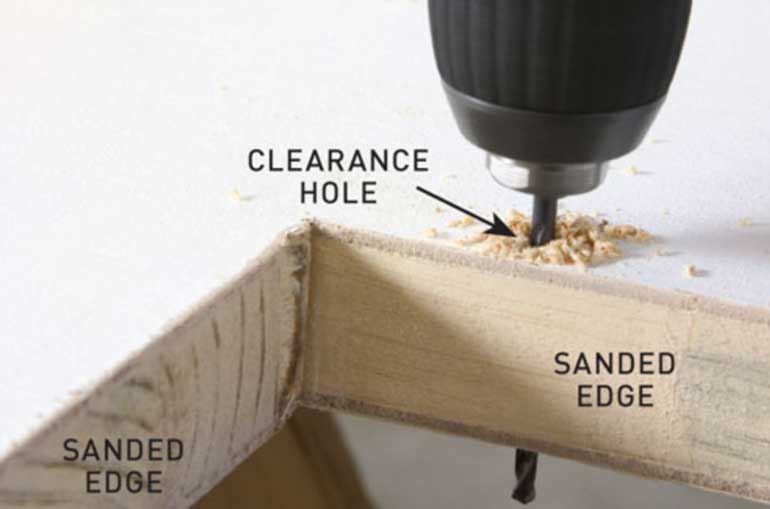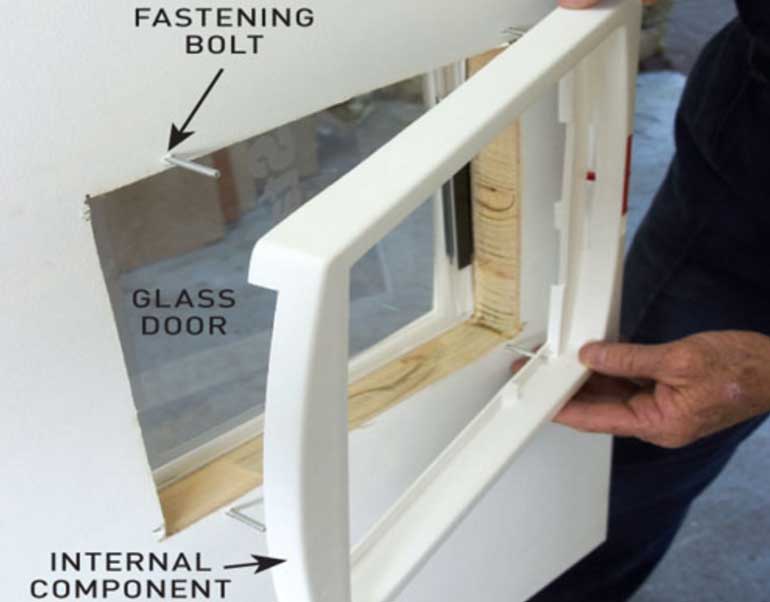Pet door perfection
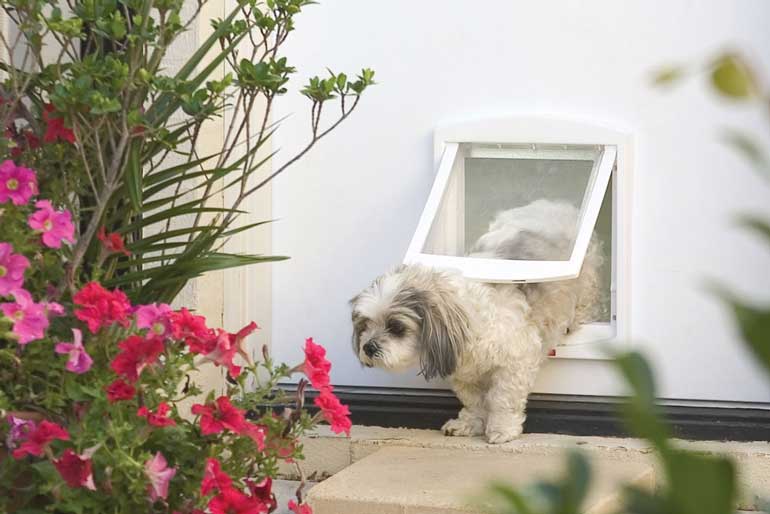
While it is common to keep larger dogs in the yard for security, most owners also allow their pets the run of the house.
But they still need regular access to the outdoors.
The use of litter trays offers cats an indoor toilet facility, but a dog always has to go outside.
This usually entails getting a human’s attention, having them open the door, and then barking to be allowed back in.
The provision of a pet door allows animals to come and go without disturbing anyone.
It took this Lhasa Apso called Amber half an hour to get the hang of using her new door.
Here are soe perfect pet projects to show your pet some love.
Personal style

Pet doors come in a range of sizes, styles, colours and security options, to suit the individual needs of the animal and the homeowner.
Dog doors and cat flaps are available for fitting to solid doors, glass doors and screen doors.
They can be designed to open only one way or both, and can be locked for security.
To prevent the opening being used by unwelcome visitors such as strays, possums or other small animals, some doors come armed with sensors that will only unlock when they detect a magnetic strip in the pet’s collar.
With this approach, your pet effectively has its own key pass to open the door and lock it after entry, with no unauthorised access permitted.
Sizing up your pet
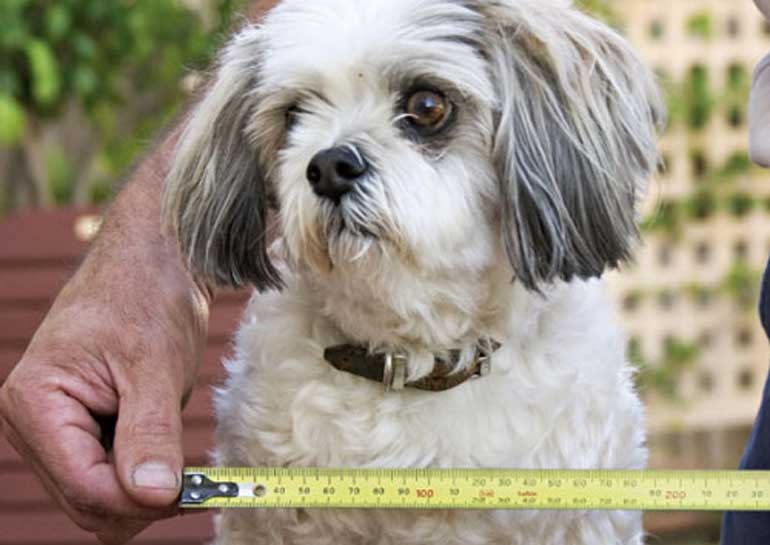
Determine the size of door you need before you buy, by measuring the shoulder width of your pet.
Measure the tummy height of the animal from the ground and use this to determine the distance from the floor to the base of the pet door.
The base should be no higher than tummy height so that the animal can pass through easily.
Also consider the agility of your pet. An old arthritic dog or overweight cat won’t use the entry if it requires an energetic climb or leap of faith.


